- Feels good
- Some cons

8
·
Average

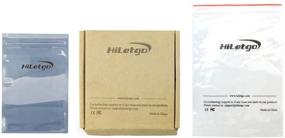
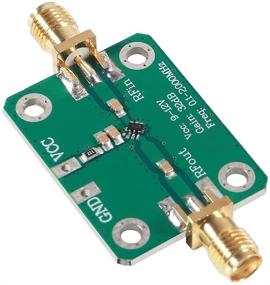
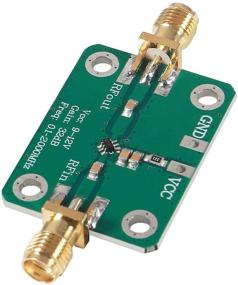
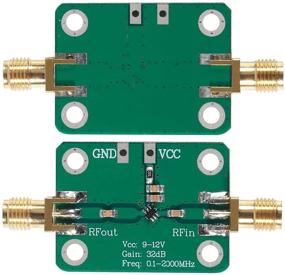

Sound Bar Xiaomi Mi TV Soundbar Black

69 Review
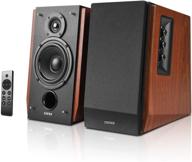
🔊 Edifier R1700BTs Active Bluetooth Bookshelf Speakers - High-quality Wireless Studio Monitor Speaker - 66w RMS with Subwoofer Line Out

67 Review
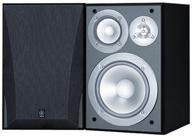
Black Finish Yamaha NS-6490 Pair of 3-Way Bookshelf Speakers

94 Review
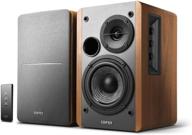
Edifier R1280T Active Bookshelf Speakers - 2.0 Stereo Near Field Monitors - Wooden Enclosure - 42 Watts RMS - Ideal for Studio Monitoring

65 Review

Powerful Logitech Z623: 400W Home Speaker System - Black - Get Immersed!

46 Review
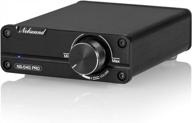
Nobsound Dual TPA3116 Digital Power Amplifier - High-Fidelity Stereo Amp With NE5532P Pre-Amp, Audiophile-Grade 2.0 Channel And 100W×2 Output (Black)

13 Review

Denon PMA-800NE Hi-Fi Stereo Integrated Amplifier, 85W x 2 Channels, Built-In Phono Pre-Amp, Analog Mode, Advanced High Current Power, Black

20 Review
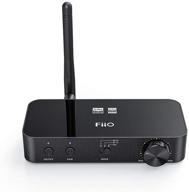
FiiO BTA30: Advanced Wireless Bluetooth 5.0 Long Range 🔊 Transmitter Receiver for PC/TV/Speaker/Headphone with HiFi Dac/DSP and Streamlined APP Control

15 Review

Radio receiver Max MR-322 anthracite

14 Review

Stream Your Favorite Tunes With AUNA KR-200 SI Internet Kitchen Radio - Spotify Support, Remote Control, And More!

15 Review
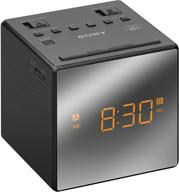
Sony ICFC1TBLACK Alarm Clock Radio

11 Review
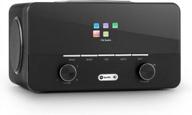
AUNA Connect 150 Black 2.1 Wi-Fi Internet Radio Music Player With MP3 USB Port, AUX & Remote Control - Black

16 Review